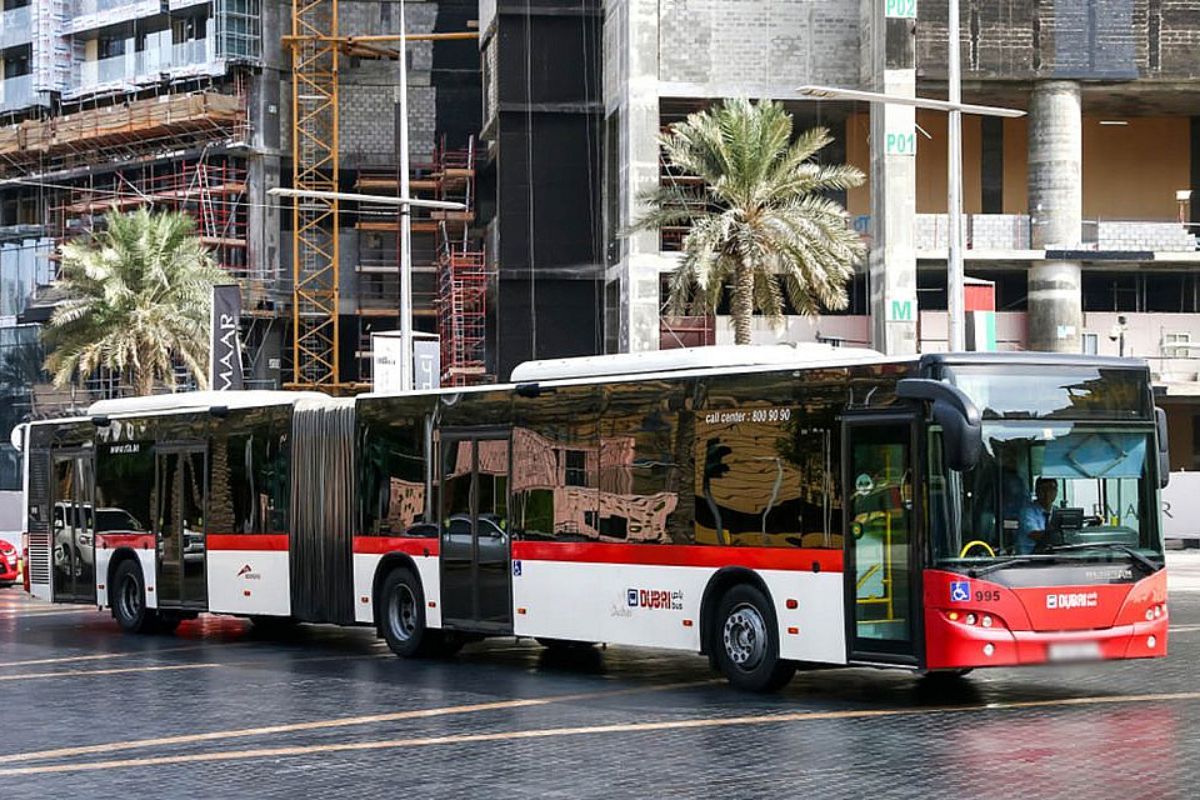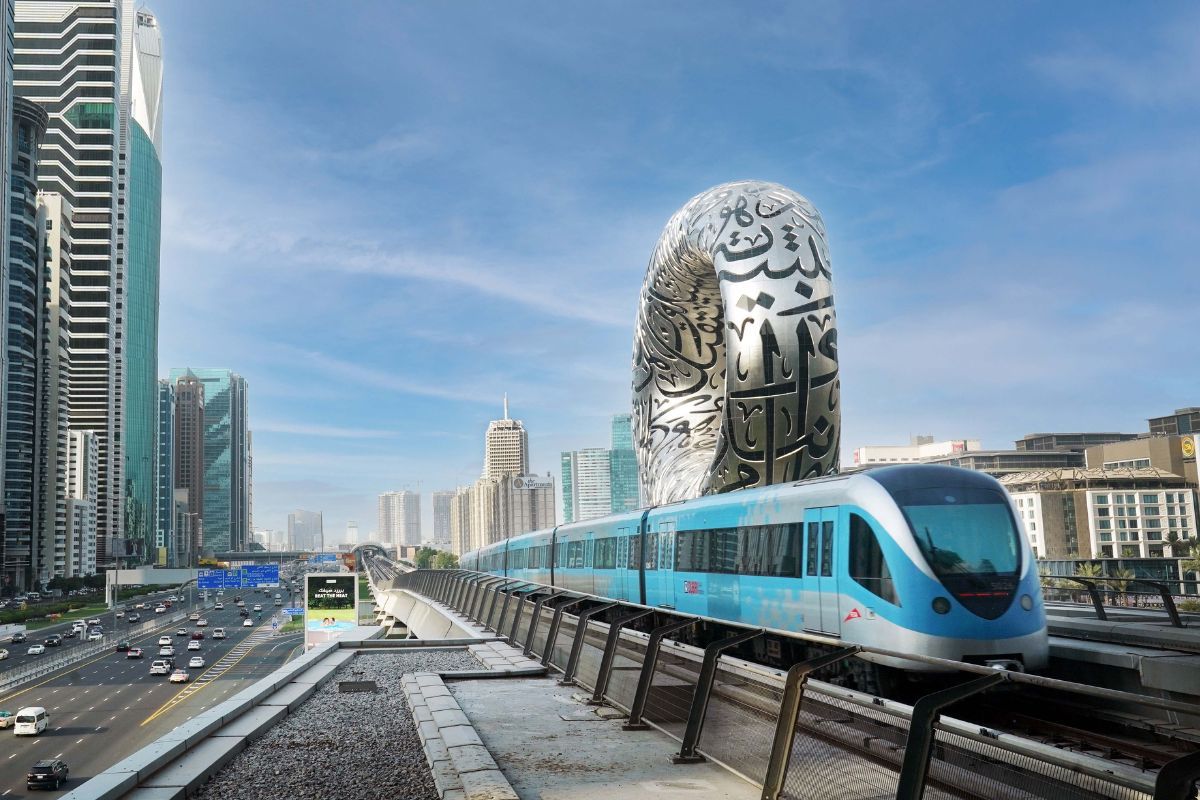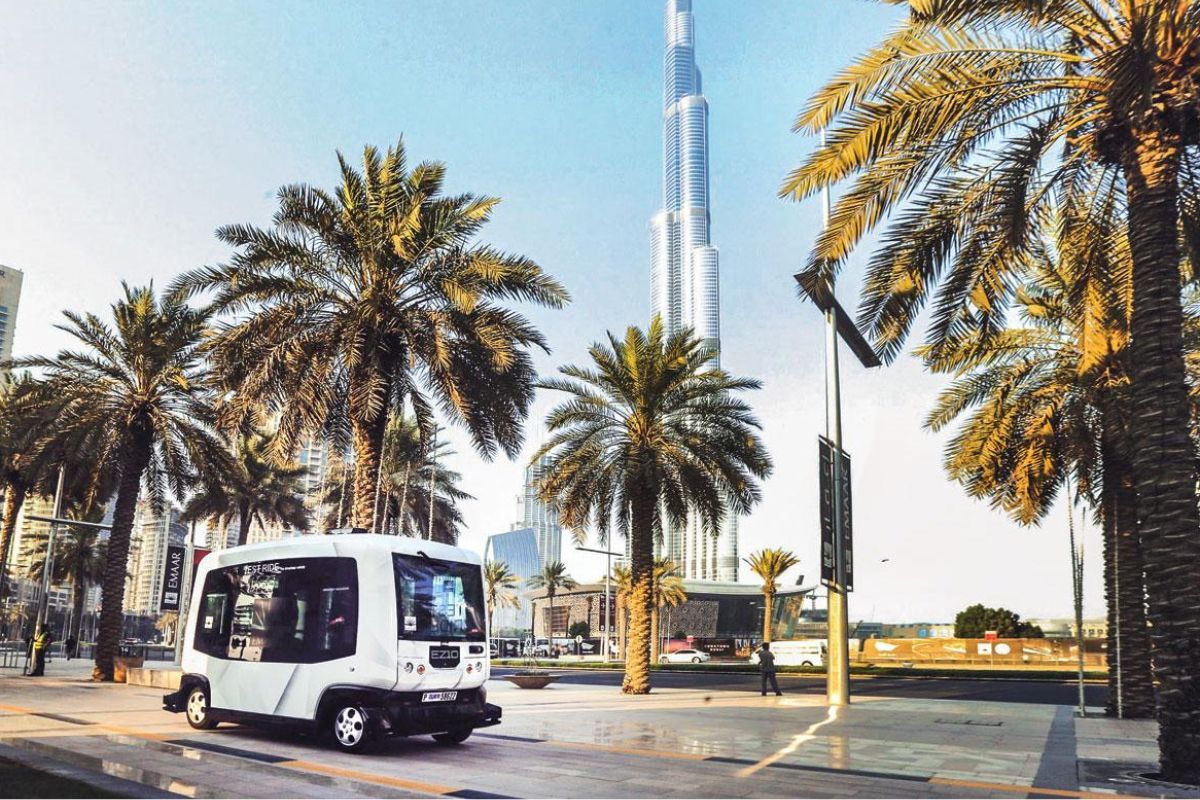The evolution of Dubai's public transport system is a fascinating journey that mirrors the city's rapid development and its commitment to modernization and sustainability. Starting from humble beginnings, Dubai's transport infrastructure has transformed into one of the world's most advanced and efficient systems.
Witness through this article the extraordinary transformation of Dubai's public transportation, tracing its path from the early days of simple routes to its current state-of-the-art system.

In the early days, before significant urban development, Dubai's transportation was heavily reliant on traditional methods. Camels, often referred to as the "ships of the desert," were the primary mode of transportation across the harsh desert landscape. These animals were not just a means of transport but also an integral part of the nomadic tribes' survival in the desert environment. Additionally, given Dubai's strategic location along the Arabian Gulf, traditional waterways played a crucial role. Dhows, the traditional sailing vessels, were indispensable for trade and travel, especially vital for fishing, pearl diving, and commerce.
The 1960s and 1970s marked the beginning of a transformational era in Dubai's transport infrastructure. The construction of the Dubai International Airport in 1960 signalled the city's ambition to connect with the global community. This development was a significant step towards establishing Dubai as a hub for international trade and tourism. Around the same time, the introduction of organized public transport began to take shape with the launch of bus services in 1968. This initial network, though modest, laid the foundation for the extensive public transportation system that Dubai boasts today.
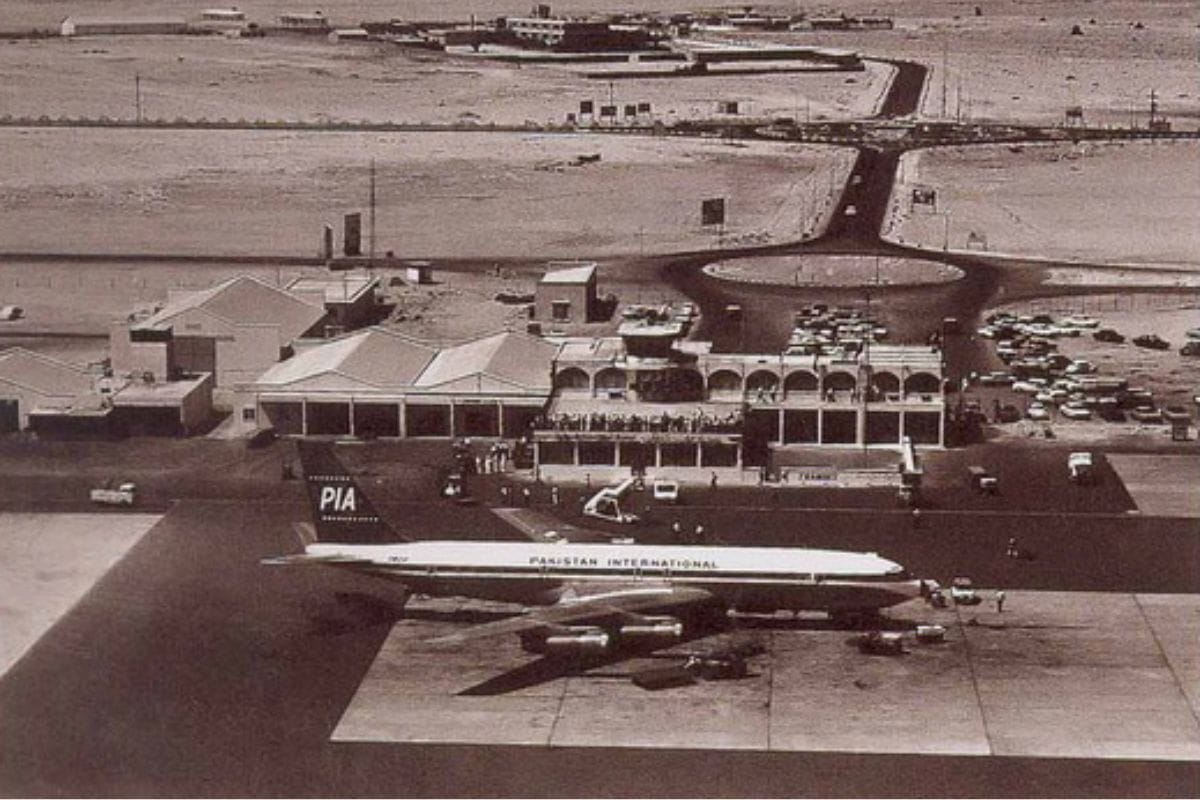
The 1970s saw further pivotal developments. The construction of the single-carriageway road connecting Dubai and Ras Al Khaimah in 1971 marked the start of modern road infrastructure in the region. However, this road was quite basic and lacked many of the safety features we see today, making travel, especially at night, quite perilous. The construction of the Dubai to Abu Dhabi road between 1970 and 1973 was another major milestone. Initially fraught with challenges such as the absence of road lighting and the hazard of wandering camels, this route significantly reduced the difficulty of land travel between the emirates.
The 1990s and early 2000s marked a period of rapid development and transformation in the UAE's transportation infrastructure, significantly altering the landscape of the country's travel and trade routes.
During this time, the UAE embarked on a comprehensive plan to enhance its road systems. The mid-1990s, in particular, saw a significant overhaul of existing roads, with the Dubai to Abu Dhabi road being a prime example. This vital artery was expanded and modernized, with additional lanes and the introduction of flyovers replacing traditional roundabouts. These improvements significantly reduced travel times between the Emirates and increased the safety and comfort of overland travel. Such enhancements were indicative of the country's shift from reliance on traditional transport methods towards a more modern and efficient infrastructure.
The road network didn't just improve inter-emirate connectivity; it also extended the UAE's reach into neighbouring countries, thus facilitating easier and more efficient transportation of cargo and merchandise. These developments were crucial in bolstering the UAE's reputation as a trading gateway in the Gulf region. The improved road system enabled a smoother flow of trade, attracted businesses, and encouraged tourism, contributing significantly to the nation's economic growth.
This period of transformation was also marked by significant urban development, with the expansion of cities and the construction of new highways, bridges, and tunnels. Each development project was a step towards the future, ensuring that the UAE's transportation infrastructure could meet the demands of its rapidly growing economy and population.
THE PRESENT
Taxi Service – Inaugurated in 1995
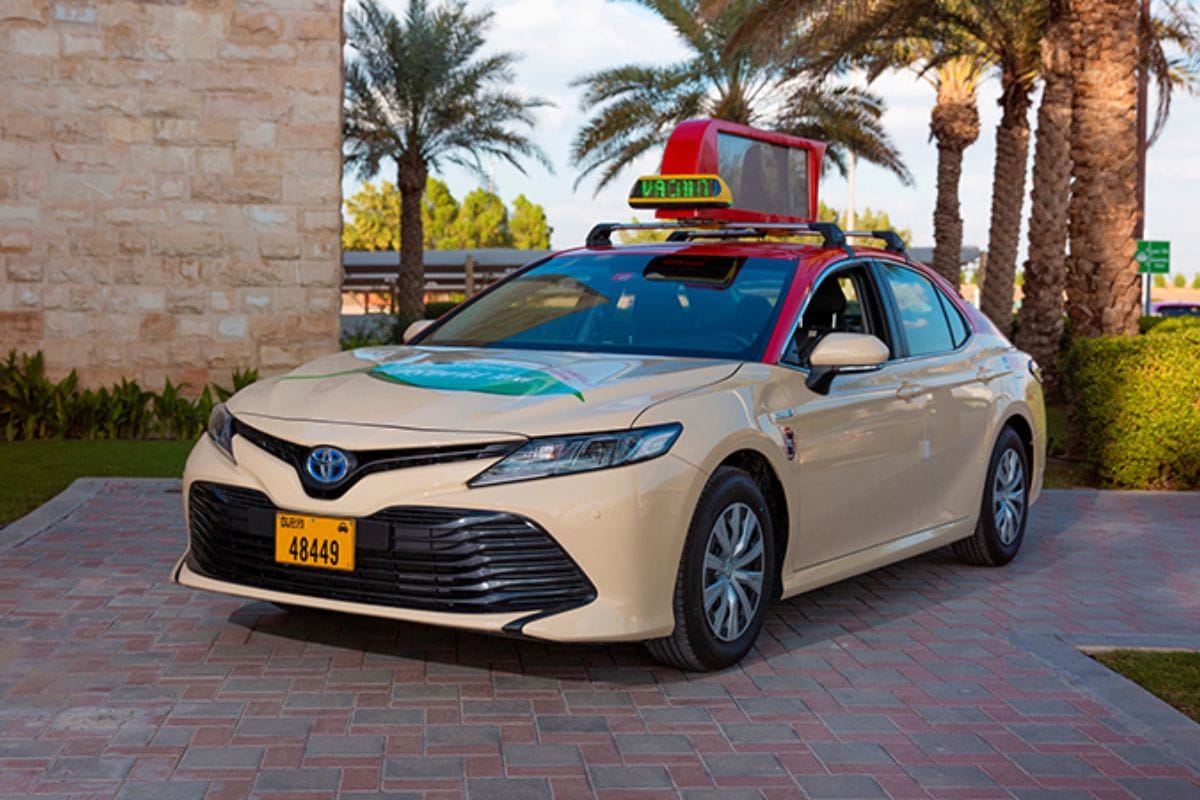
The introduction of taxi services in Dubai in 1995 marked a significant enhancement in private commute options for residents and visitors. Supervised by the Roads and Transport Authority (RTA), Dubai's taxi system includes a variety of services to cater to different needs. The fleet started with 81 vehicles and has since expanded massively to include public taxis, airport taxis, luxury taxis, ladies and family taxis, Hatta taxis, in-safe hands taxis, and taxis for people of determination.
Dubai Taxi Corporation (DTC), a subsidiary of RTA, oversees these services, ensuring that all taxis are metered and follow a highly regulated pricing system. Special services like airport taxis and female-driven taxis for female customers highlight the inclusive and diverse nature of the city's transport options.
Public Buses – Inaugurated in 1998
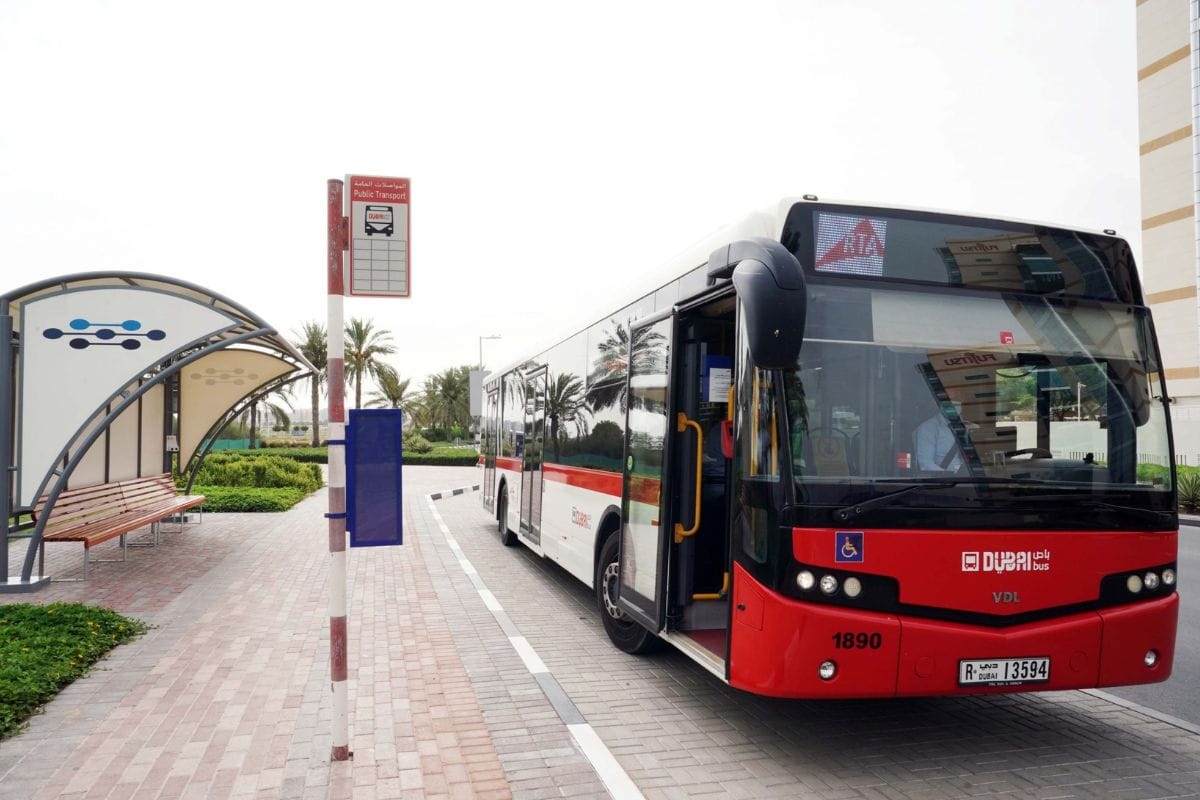
Public buses in Dubai are operated by the Public Transport Agency (PTA) under RTA. The fleet, which has grown to more than 1500 buses, began with the introduction of intercity buses in 1998 connecting Dubai to neighbouring emirates such as Sharjah, Fujairah, and Ajman. The network expanded over the years to include routes to Abu Dhabi, Al Ain, and Ras Al Khaimah, as well as popular tourist destinations like Hatta.
The launch of feeder buses in 2009, aimed at bolstering metro connectivity, and the advent of on-demand bus services in 2020, designed to provide flexible and efficient transit options, highlight the city's commitment to continually enhancing its public transport network. The incorporation of NOL cards as a unified payment method, along with the easy accessibility of route details and schedules via RTA's S’hail App and official website, epitomizes the seamless integration of technology to enhance commuter convenience and system efficiency.
Marine Transportation – Inaugurated in 2007

To alleviate traffic congestion and provide an alternative scenic route to commuters, RTA developed a diverse marine transportation system. The Dubai Water Bus system, introduced in July 2007 on Dubai Creek, was the first step towards enhancing the city's maritime transit. It was followed by the introduction of Dubai Abra, Ferry, and Water Taxi, offering residents and tourists various options to navigate through the city via its waterways. The Nol card system is also integrated for ease of payment across these marine services.
Dubai Metro – Inaugurated in 2009

The Dubai Metro stands as a hallmark of modern transportation in the region. With the inauguration of the Red Line in 2009 and the Green Line in 2011, Dubai boasts the world's longest driverless, single-line metro.
The metro features state-of-the-art facilities like air conditioning, Wi-Fi connectivity, CCTVs, platform alarms, integrated radio systems, and educational displays, catering to a diverse commuter base with dedicated seating for ladies, children, and people of determination.
The extension known as 'Route 2020' further expanded the metro's reach, enhancing connectivity to vital locations like the Expo 2020 site and Al Maktoum International Airport.
Palm Jumeirah Monorail – Inaugurated in 2009
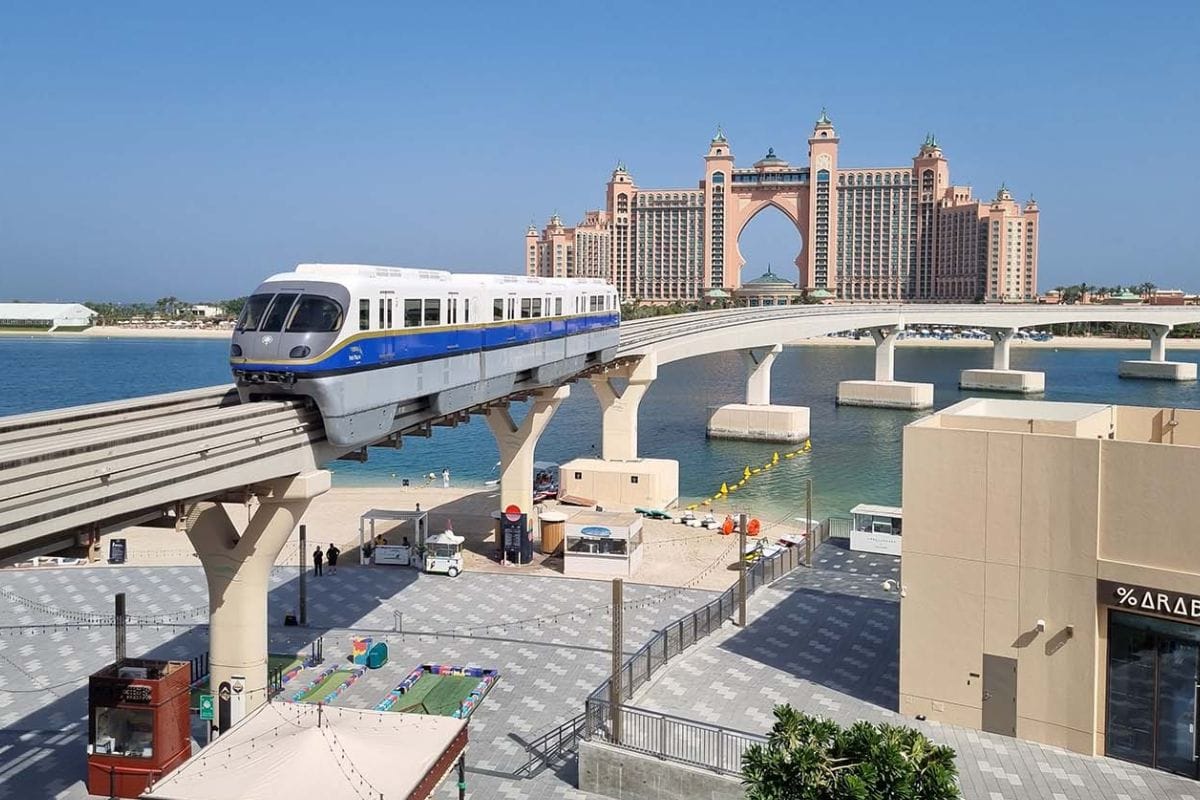
The Palm Jumeirah Monorail, launched in the same year as the metro, is a monorail system spanning approximately 5.5 km across Palm Jumeirah. It connects key landmarks within the iconic island and represents another step in diversifying the city's rail transport options.
Dubai Tram – Inaugurated in 2014
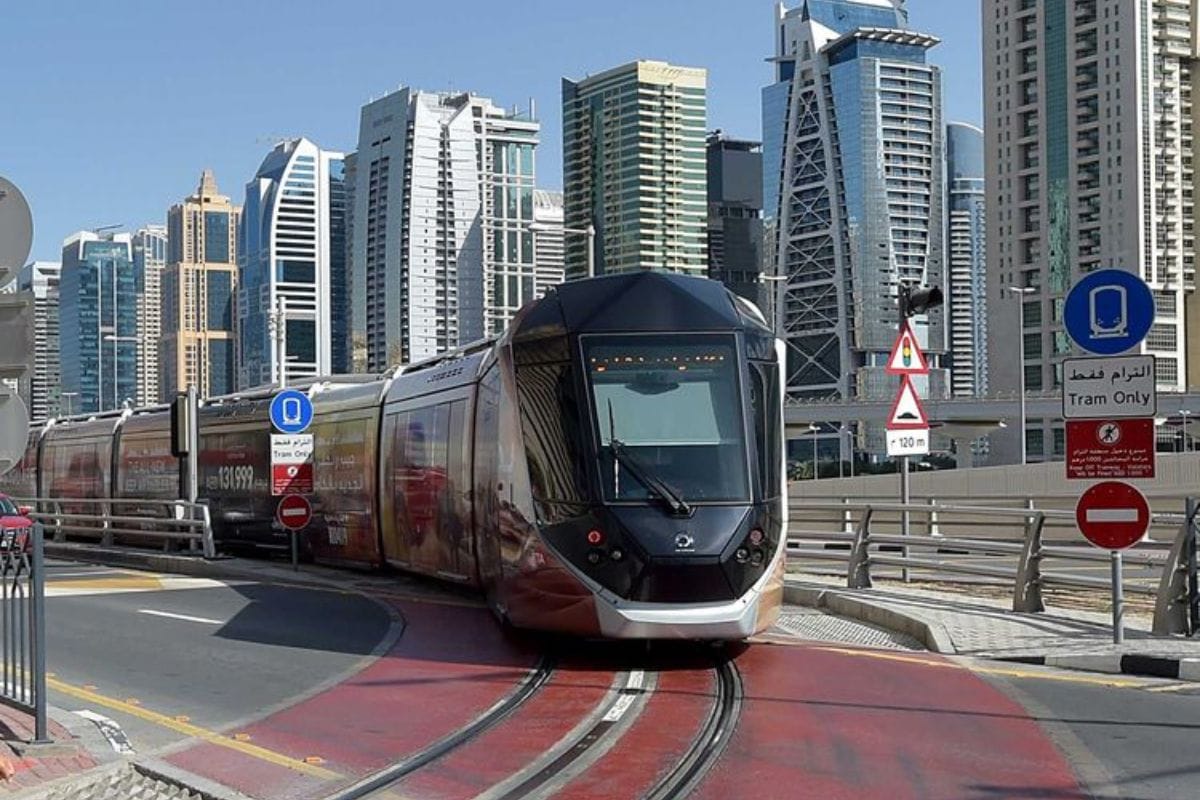
Dubai Tram, inaugurated by Sheikh Hamdan Bin Mohammed bin Rashid Al Maktoum, travels over a route of 10.6 kilometres covering major city hubs. This fully automated train system connects with the Palm Jumeirah monorail and features advanced amenities for passenger comfort and safety. The tram system's integration with the broader public transport network further solidifies Dubai's commitment to providing comprehensive and interconnected transit solutions.
Micro-Mobility

The rise of e-scooters, mopeds, and bicycles as micro-mobility options represents the latest phase in the evolution of transportation in Dubai. These personal, lightweight, and portable electric vehicles are becoming increasingly popular for their convenience, eco-friendliness, and cost-effectiveness. RTA has designated tracks and collaborated with businesses to offer rental scooter services, while RAKTA's collaboration with FENIX reflects the broader regional interest in expanding micro-mobility options.
THE FUTURE
Electric Abra – Trials Began in May 2023

Dubai's Roads and Transport Authority (RTA) initiated trial operations for the 'First Autonomous Electric Abra'. This initiative aims to transform 25 percent of Dubai's total mobility journeys into autonomous ones by 2030. The autonomous electric abra is expected to offer a noise-free, zero-emission journey and operate independently without a captain. It is equipped with sensors to detect obstacles and navigate safely, ensuring a smooth and environmentally friendly ride along Dubai's waterways.
Hyperloop – Expected Journey Time: 12 Minutes
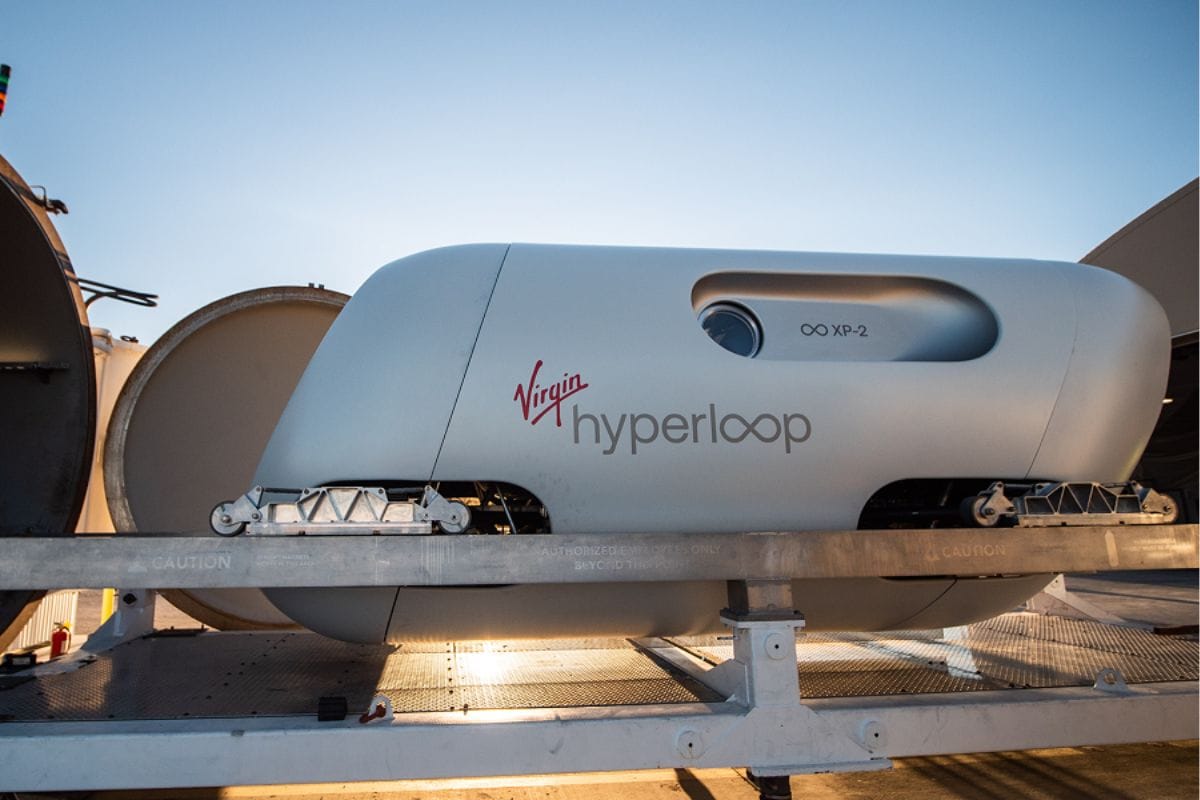
The Hyperloop represents a quantum leap in transportation between Dubai and Abu Dhabi, potentially cutting the travel time from two hours to a mere 12 minutes. This ultra-fast transport system is designed to propel pod-like vehicles through near-vacuum tubes, reaching speeds of up to 1,000 km/h. The implementation of Hyperloop would revolutionize inter-city travel in the UAE, significantly reducing travel time and contributing to the nation's vision of a futuristic transport network.
Driverless Taxis – Agreement Signed in 2021

In alignment with Dubai's 2030 vision for autonomous technology, an agreement was signed between RTA and Cruise to operate self-driving taxis and ride-hailing services in Dubai. These electric, self-driving vehicles aim to improve road safety by reducing human error and providing an environmentally friendly transportation option for various community segments. This move positions Dubai as a pioneer in adopting autonomous transport solutions on a global scale.
Flying Taxis – Anticipated Launch by 2026
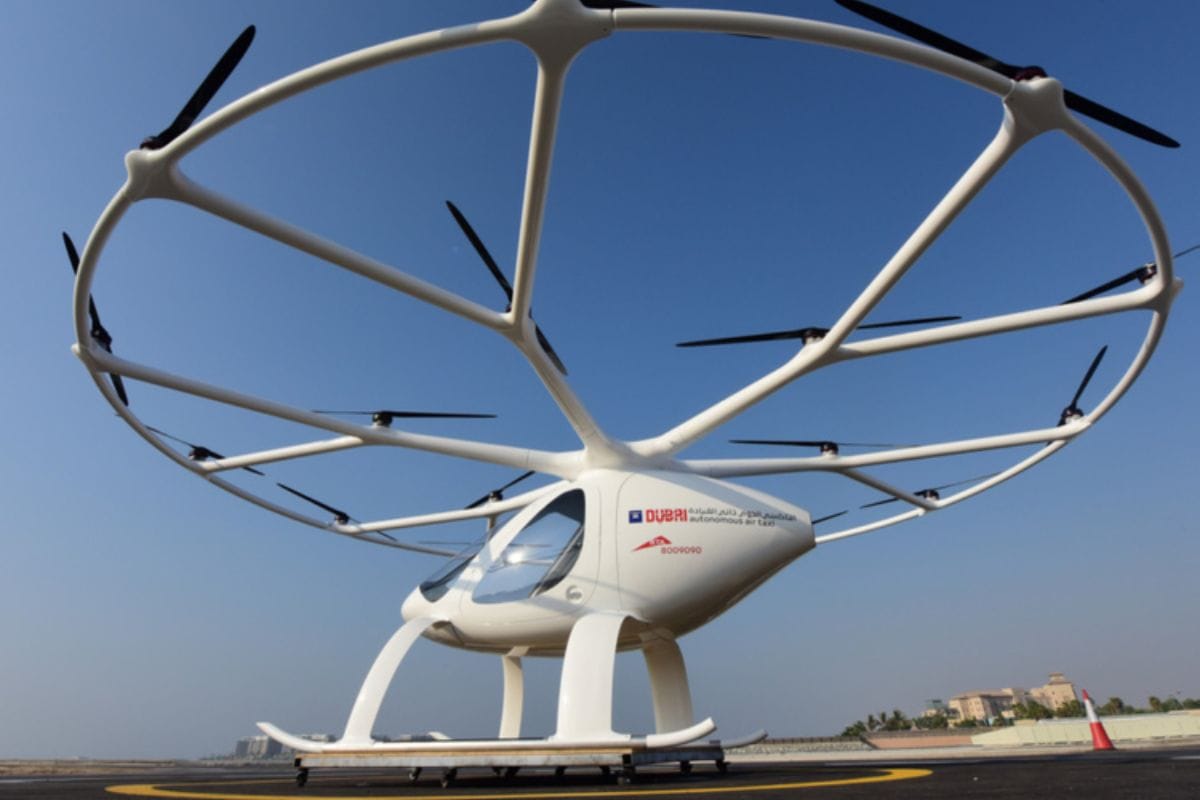
Dubai plans to launch flying taxis to connect major areas like Downtown Dubai, Dubai Marina, Dubai International Airport, and Palm Jumeirah. These aerial taxis are expected to reach speeds of up to 300 km/h and accommodate up to four passengers and a pilot. The introduction of flying taxis will significantly reduce travel times and offer a novel mode of transportation, aligning with Dubai's innovative and futuristic cityscape.
Dubai Metro Blue Line – Projected Completion in 2029

The Dubai Metro Blue Line is a new addition to the existing metro network, connecting vital urban regions and adding 30km to the network. This line will feature 14 new stations and include both underground and above-ground sections. The Blue Line is part of the broader Dubai 2040 Urban Master Plan, focusing on enhancing commuting and catering to a growing population.
Expansion with Yellow, Purple, and Pink Lines
In addition to the Blue Line, Dubai Metro is set to expand further with the introduction of Yellow, Purple, and Pink lines. These new lines will extend the reach of the metro network to various parts of the city, including Muhaisanah, International City, Academic City, and Al Maktoum International Airport, among others. This expansion reflects Dubai's continuous effort to improve and diversify its public transportation system.
This journey from camels to cutting-edge technology is more than a testament to Dubai's rapid development; it reflects a broader vision of a sustainable and smart city that values innovation as the key to addressing the needs of its residents and the environment.
Also Read:
